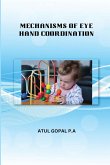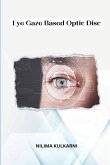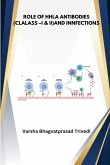Biometrics frameworks have essentially enhanced individual authentication, playing a significant part in personal, national, and global security. Existing ocular biometric system achieves good accuracy results for images acquired using NIR cameras in ideal condition only. When visible wavelength images are acquired in unconstrained environment, noise is introduced such as illumination, reflection, motion blur etc. which degrade the recognition performance. This research presents a multimodal eye biometric framework utilizing Support value-based fusion (SVBF) matching process to enhance biometric authentication by combining the of iris, sclera, and pupil characteristics from unconstrained coloured eye images. A multimodal biometric architecture using the fusion-associating support-value method is introduced in this report to improve biometric authentication. The proposed strategy is portrayed in subsequent steps; initially CNN (Convolutions Neural Network) segmentation based on quality feature selection using entropy is applied to cluster iris, pupils and sclera region. Subsequently effective features are extracted from the segmented iris, pupil and sclera region, for example colour histogram, Log Gabor and sclera Y- shape features. On the basis of the extricated features, the support value-based fusion is determined, and the matching score is calculated by means of the minimum, maximum value and support value derived from the features. Finally, authentic person is predictable by computing a Euclidean distance of training and testing matching scores. The proposed findings are tested on constrained database MMU, unconstrained image database UBIRIS.V2 and mobile image database MICHE to show with the current techniques the efficiency of the proposed authentication technique. Experimental results shows that proposed multimodal biometric system provides better results as compared to existing state-of-art. Segmentation performed using E-CNN improves results for segmentation accuracy up to 97.99% for iris, 98.08% for sclera and 99.43% for pupil segmentation under uncontrolled environment by reducing segmentation time up to 0.9sec. Proposed SVBF framework also highlights the role of feature level fusion to enhance the recognition accuracy up to 97% for unconstrained visible wavelength images.








